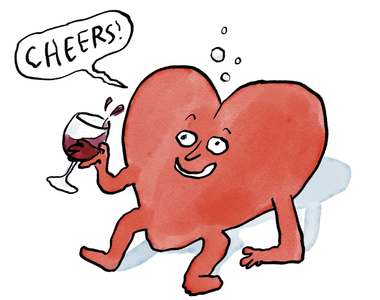
Are any of us looking forward to a visit to the gynecologist? For many women, the answer is no. And this feeling is often related to the discomfort, pain, or shame that can accompany a vaginal examination. According to statistics, about 35% of women feel fear or discomfort during this process.
It was this unpleasant experience that inspired two scientists, Ariadna Izcara Gual and Tamara Hoveling, graduates and active at the Delft University of Technology in the Netherlands, to develop a gentler and more women-friendly alternative: a new vaginal dilator called Lilium.
"I hope this design will motivate more women to take care of their health by having regular checkups," says Izcara Gual.
Why Lilium?

Vaginal examination is an essential method for detecting infections, reproductive system disorders, and even cancer in their early stages. But the instruments traditionally used, usually metal dilators, are often scary to look at, cold to the touch, and not suitable for the female body.
“Some of the women I interviewed told me that they feel pain both during insertion and removal of the metal expander. But it's not just the pain: the shape of the instrument, which resembles a 'gun', and the cold sensation also affect their experience,” explains Izcara Gual.
To replace this outdated device, Lilium is constructed from medical-grade rubber that is strong enough to open the vaginal walls, yet flexible enough to be comfortable. Its name comes from its unique three-petal shape, inspired by flowers, to provide a more pleasant sensation for patients.
Lilium has been tested by eight volunteers, who reported significant improvements in the examination experience. The device is designed so that the patient can insert it themselves, if she feels more comfortable doing so, before the doctor continues with the examination.

Another advantage? Lilium can be easily cleaned and sterilized, making it reusable and reducing medical waste.
Currently, the device is still in the testing and further study phase before entering widespread clinical use.
Watch the video by Ariadna Izcara Gual and Tamara Hoveling to learn more about this promising innovation.







